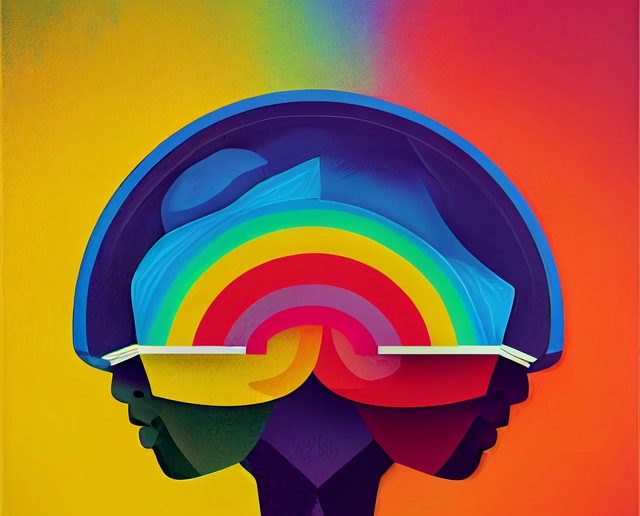When it comes to digital marketing, color plays a crucial role in shaping consumer behavior. From website design to branding, color can influence how people perceive and interact with your brand. In this post, we’ll explore the psychology of color in digital marketing and provide real-world case studies and examples to help you understand how to use color effectively in your marketing strategy.
Understanding the Basics of Color Psychology
Before we dive into the impact of color on consumer behavior, let’s take a moment to review the basics of color psychology. Colors have different meanings and associations across different cultures and contexts, and these meanings can impact how people perceive and respond to them.
Here are a few general associations with some common colors:
- Red: Excitement, passion, urgency
- Blue: Trust, stability, calmness
- Green: Growth, harmony, health
- Yellow: Optimism, friendliness, caution
- Purple: Luxury, creativity, wisdom
- Orange: Energy, warmth, enthusiasm
It’s important to note that these associations are not universal, and can vary depending on cultural context and personal experiences. However, understanding these general associations can provide a useful starting point for incorporating color into your marketing strategy.
Using Color in Website Design
When it comes to website design, color can play a critical role in shaping user experience and driving conversions. A well-designed website should use color strategically to guide users through the site and reinforce the brand’s message.
For example, one study found that changing the color of a “Buy Now” button on a website from green to red increased conversions by 21%. Another study found that using a blue color scheme on a website for a healthcare company increased trust among users.
It’s important to note that different colors can have different effects depending on the context. For example, a bright red color scheme might be appropriate for a website selling energy drinks, but might not be appropriate for a website selling financial planning services.
Using Color in Branding
Color can also play an important role in branding, helping to create a recognizable and memorable brand identity. For example, the bright yellow color of the McDonald’s logo has become synonymous with the brand, helping to make it instantly recognizable.
However, it’s important to consider the context and associations of different colors when developing a brand identity. For example, a luxury brand might use a deep purple or rich gold color scheme to convey elegance and sophistication, while a startup might use bright, energetic colors to convey innovation and creativity.
Real-World Examples of Color Psychology in Action
Let’s take a look at some real-world examples of color psychology in action in digital marketing:
- Coca-Cola: Coca-Cola’s iconic red and white color scheme is instantly recognizable and helps to reinforce the brand’s message of energy and excitement.
- Dropbox: Dropbox’s blue and white color scheme helps to convey trust and reliability, making it a popular choice for businesses and professionals.
- HubSpot: HubSpot’s orange color scheme helps to convey energy and enthusiasm, reinforcing the brand’s message of helping businesses grow and succeed.
Conclusion
The psychology of color in digital marketing is a powerful tool for driving consumer behavior and shaping brand identity. By understanding the associations and meanings of different colors, you can use color strategically to guide users through your website, reinforce your brand’s message, and increase conversions.
Remember to consider the context and associations of different colors when incorporating them into your marketing strategy, and always test and analyze the impact of color on user behavior. With the right use of color, you can create a powerful and memorable brand identity that resonates with your target audience.
Also Read: Common Branding Mistakes to Avoid




